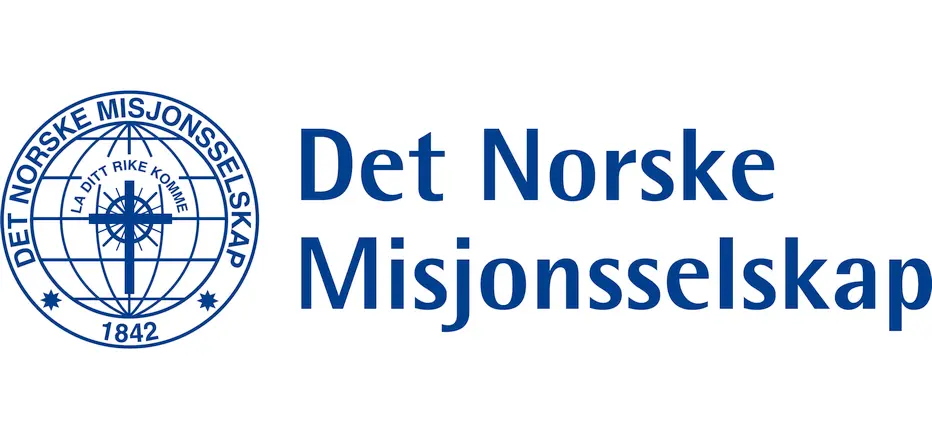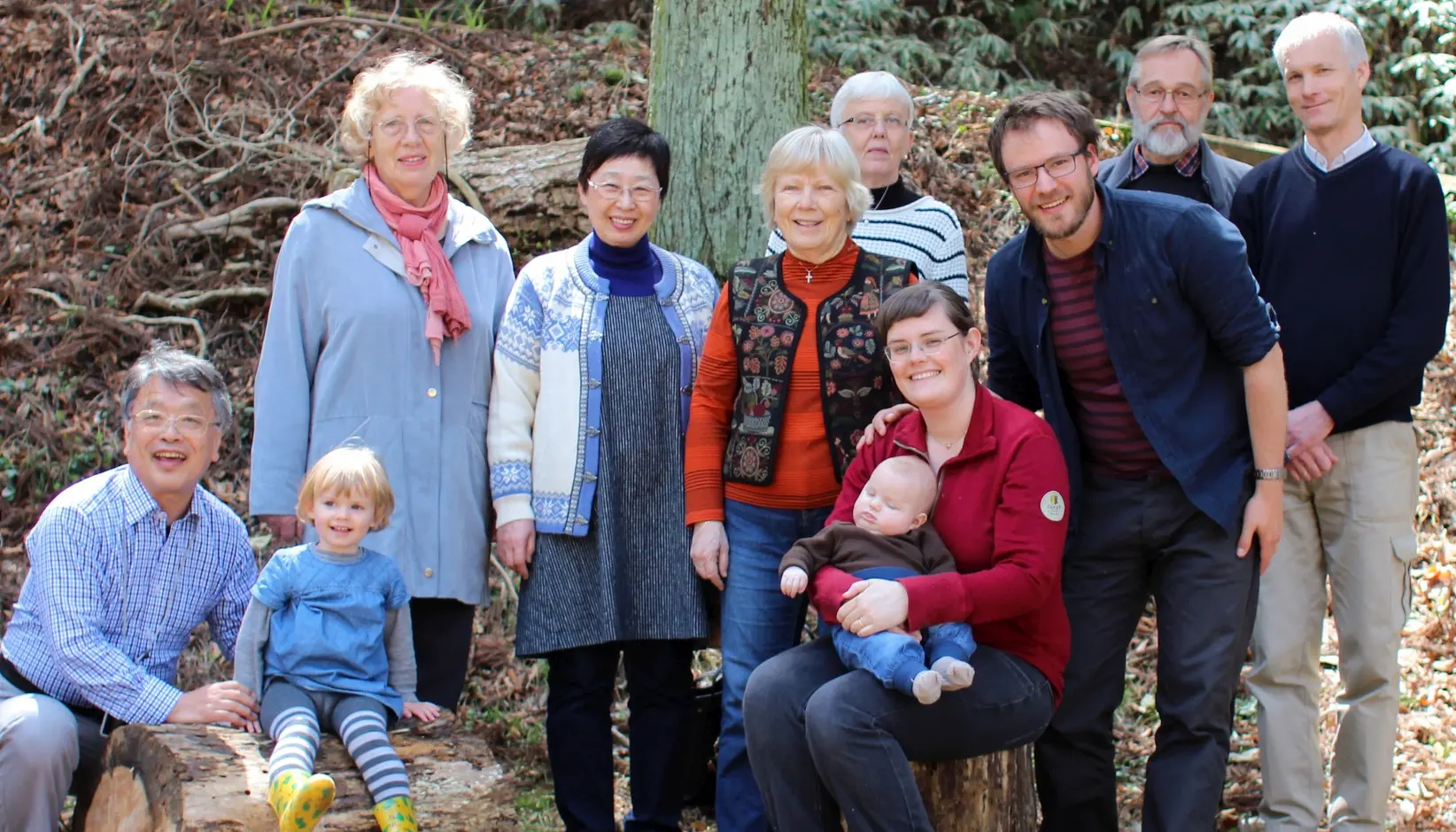Norwegian Mission Society

Norwegian Mission Society (NMS) is a mission agency with a long tradition in many countries. It was born in 1842, out of the mission revival in Europe in the first half of the 19th century. Its first missionary went to Germany for mission studies, but in 1844 NMS founded a school in Stavanger, Norway, which has grown into an established institution for education in theology, missiology, and international studies.
The first mission field was Zululand in South Africa, although early on our mission had most missionaries in Madagascar and Cameroon. In 1902, NMS started working in China, which became the springboard for work in the rest of Asia as the missionaries who fled from the communist regime ended up in Japan, Hong Kong, and Taiwan. Later, NMS started operating in the Mekong region, Pakistan, the Middle East, and Brazil. It recently started work in three European countries where the Christian faith is about to disappear. Our main focus has always been on evangelism and practical service.
The work in Japan started in 1951 in Kobe, Osaka, Wakayama, and Nara by missionaries who came from China. The missionaries used their homes as bases for evangelism. Initially, the home office of the mission was strongly opposed to building churches and employing local workers, since it wanted to keep costs down in Japan. But this didn’t work out. The new Christians needed places of worship. Despite the economic situation being bad, churches were built and pastors were educated and employed. After ten years, these churches formed the Kinki Evangelical Lutheran Church (KELC), which now consists of 29 congregations in five prefectures in the Kinki area and has a membership of more than 2,000 (although probably about half that number are active church members).
Over the years, we have been engaged in many kinds of Christian work, with an emphasis on church planting and theological education. For many years, radio evangelism through the Lutheran Hour was a big thing, as were Bible correspondence courses and home and hospital visits. For ten years, we also had a ship, the Shinko Maru, which sailed around the Japan Inland Sea and the Kii peninsula taking the gospel to children and adults in small fishing villages. We also had a student center in Tezukayama, Osaka, which was very active. But the number of students dwindled when university campuses moved out of the city, and now Tezukayama is a regular small neighborhood congregation. Kindergartens have also been an important area of work for NMS—we started two kindergartens and two nurseries, which now legally belong to KELC.
In recent years the work has changed, and the number of missionaries has dropped from around 40 during most of the 1970s to 1990s to just two couples and three retired volunteers today. The older of the two couples pastors a local congregation and helps with outreach to homeless people in the area, giving about 40 people a hot meal at church every Wednesday. The other couple is finishing language school and plans to start a children and youth ministry from the fall of 2016. Everything we do is done with the approval of and in cooperation with the KELC, and, apart from the missionaries, we also contribute to various other projects that we have agreed on with the church.
We wish we had more missionaries sharing the gospel in Japan, because the need is so great, but looking back we see that the kingdom of God has been growing, and we feel so blessed and happy to be a part of his ministry in Japan.

